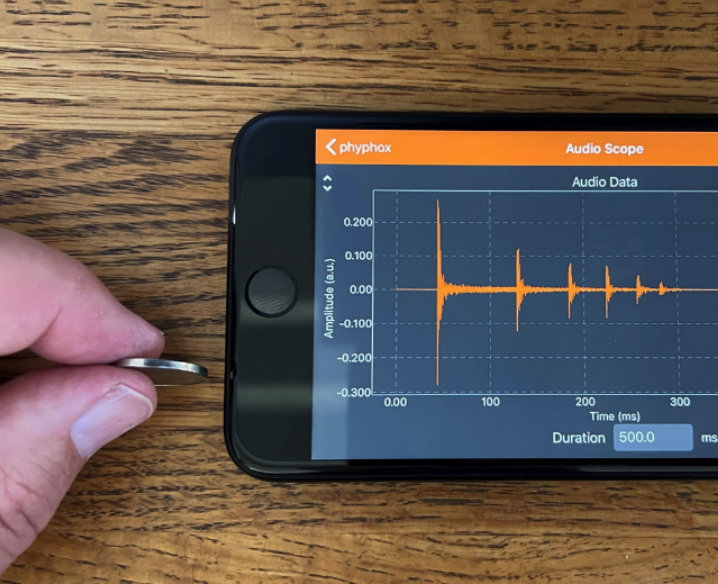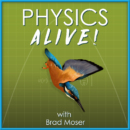The Physics Alive Podcast

Episode #46
Physics with Phones with David Rakestraw
Or download the episode from Apple Podcasts, Spotify, Stitcher, Google Podcasts, or Amazon.
What if I told you that you could do velocity, acceleration, friction, rotations, impulse and momentum, pressure, sound, color, and magnetic field labs all with a single measurement device? And what if I told you that almost every student is walking into the classroom with their own device already in hand? Welcome to Physics with Phones curriculum. Each lesson details activities using built-in smartphone sensors to illustrate key physics concepts, including elevation, g force, and angular velocity. David Rakestraw, a senior science advisor at the Lawrence Livermore National Lab, has put together many lessons that are freely available online. He’s here to talk about how he got involved with this technology, what sensors our students can access, and how we can use these in our classes.
Webpage for Physics with Phones
Support Physics Alive on Patreon!
https://www.patreon.com/physicsalive
Physics Alive is on Slack. Join the Slack workspace.
You can also leave comments and share discussion on the Physics Alive Twitter feed.
Today's Guest:
David Rakestraw
David Rakestraw is a senior science advisor at the Lawrence Livermore National Lab (LLNL) in California. A multi-program national security laboratory, its primary stated mission is to enhance the nation’s defense and reduce the global threat from terrorism and weapons of mass destruction. Prior to LLNL, he spent 12 years at Sandia National Laboratories, where he engaged in a wide range of research and development activities. He even co-founded a company that specialized in applying microfluidics for chemical analysis.
Today, he’s not going to talk about any of that! Instead, this conversation will be all about doing physics with phone sensors. Physics with Phones is a series of presentations outlining a wide range of experiments that are well-aligned with the Next Generation Science Standards. These were developed for the classroom, but many can be done by students in their own homes.
Learn more about David from his alumni biography:
Episode Notes and Resources
Webpage for Physics with Phones
See even more opportunities at LLNL’s Teacher Research Academy
Phone apps to try out:

